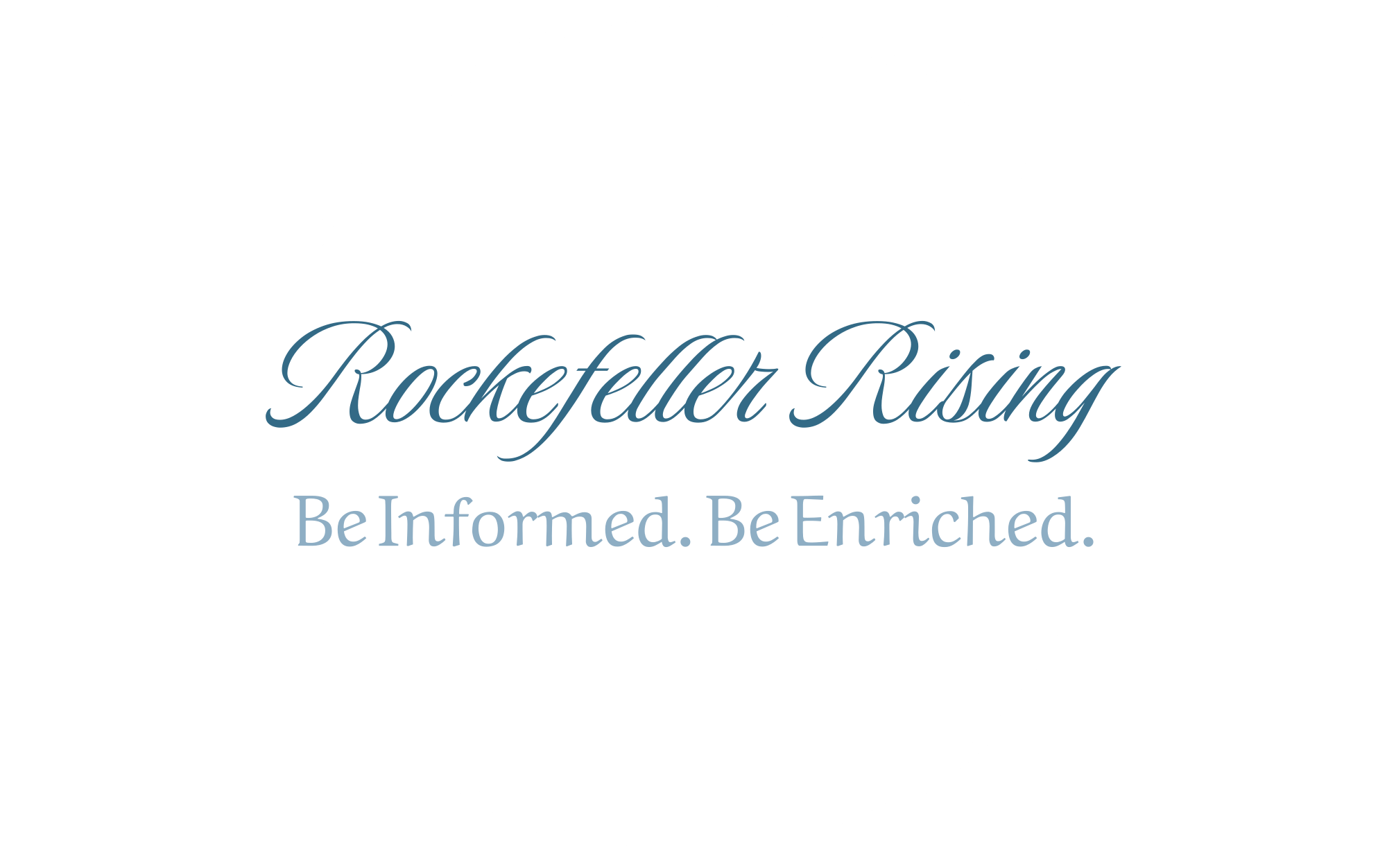Introduction
The 60/40 portfolio, a traditional investment strategy allocating 60% to equities and 40% to bonds, has been a cornerstone for many investors seeking a balanced approach to risk and return. The recent economic landscape, characterized by rising interest rates, inflationary pressures, and market volatility, has led to growing concerns regarding the effectiveness of this investment strategy. This report will explore whether the 60/40 portfolio is “dead,” analyze the future of bonds in investing, and provide insights into current financial trends and data.
Understanding the 60/40 Portfolio
The 60/40 portfolio is designed to provide growth through equities while mitigating risk through bonds. Historically, equities have yielded higher returns over the long term, while bonds have served as a stabilizing force during market downturns. The rationale behind this allocation is to achieve a balance that allows investors to benefit from stock market gains while cushioning against losses through fixed-income securities.
Historical Performance of the 60/40 Portfolio
Over the last several decades, the 60/40 portfolio has delivered satisfactory returns to investors. For instance, from 1980 to 2020, the average annual return for a 60/40 portfolio was approximately 8.4%, according to data from Morningstar. During this period, the S&P 500 returned an average of 10.5%, while the Bloomberg Barclays U.S. Aggregate Bond Index returned around 5.5%. This demonstrates that the 60/40 portfolio has historically provided a balance between risk and return.
However, the past few years have raised questions about the sustainability of this strategy. With the onset of the COVID-19 pandemic, interest rates were slashed to near-zero levels, and central banks resorted to unprecedented monetary policies, including quantitative easing. This environment has led many to question whether bonds can continue to serve as a reliable source of income and risk mitigation.
The Current Economic Landscape
The global economy is currently facing several challenges that impact the viability of the 60/40 portfolio. Key factors include:
Rising Interest Rates
In response to inflationary pressures, central banks, including the Federal Reserve, have begun raising interest rates. As of September 2023, the Federal Funds Rate was set at 5.25%-5.50%, the highest level since 2001. Higher interest rates typically lead to lower bond prices, which can negatively affect the performance of the bond portion of the 60/40 portfolio. For example, a 1% increase in interest rates can lead to a decrease in bond prices by approximately 6-8% for long-term bonds.
Inflationary Pressures
The inflation rate in the United States reached a peak of 9.1% in June 2022, significantly impacting purchasing power and real returns on investments. While inflation has moderated to around 3.7% as of September 2023, many investors remain concerned about long-term inflation trends and their implications for fixed-income securities. Bonds, particularly those with fixed coupons, may not provide adequate returns to keep pace with inflation, eroding their purchasing power over time.
Market Volatility
Increased market volatility has also contributed to the uncertainty surrounding the 60/40 portfolio. The stock market experienced significant fluctuations during 2022 and 2023, with the S&P 500 index seeing a decline of approximately 20% at its lowest point in 2022. Such volatility raises questions about the effectiveness of bonds as a stabilizing force within the portfolio.
The Future of Bonds in Investing
Given the current economic environment, the role of bonds in the 60/40 portfolio is being re-evaluated. Investors are increasingly exploring alternative strategies and asset classes.
Shifts Toward Alternative Investments
Investors are diversifying their portfolios by incorporating alternative investments such as real estate, commodities, and cryptocurrencies. According to a report by Preqin, alternative assets have seen a surge in popularity, with total assets under management reaching $10 trillion in 2023. This trend reflects a growing desire to seek returns uncorrelated with traditional equities and bonds.
Incorporating Tactical Asset Allocation
Many financial advisors are advocating for a more tactical approach to asset allocation, allowing for dynamic adjustments based on market conditions. By actively managing the allocation between stocks and bonds, investors can capitalize on market opportunities and mitigate risks. For instance, during periods of rising interest rates, advisors may recommend reducing bond exposure and increasing investments in equities or alternative assets.
The Rise of Fixed Income Alternatives
Investors are also exploring alternative fixed-income investments, such as floating-rate bonds, high-yield bonds, and inflation-protected securities (TIPS). These instruments can provide higher yields and better protection against rising interest rates and inflation. For example, TIPS yield returns that are indexed to inflation, helping investors maintain their purchasing power in an inflationary environment.
Case Studies: 60/40 Portfolio vs. Alternative Strategies
To understand the effectiveness of the 60/40 portfolio compared to alternative strategies, we can examine several case studies.
Case Study 1: Traditional 60/40 Portfolio
An investor who adhered to the traditional 60/40 portfolio from 2010 to 2023 would have experienced a compounded annual growth rate (CAGR) of approximately 7.2%. However, the bond portion would have produced lackluster returns due to falling yields and rising rates.
Case Study 2: Tactical Asset Allocation
An investor employing a tactical asset allocation strategy, adjusting their allocation based on economic indicators, may have achieved a CAGR of 8.5% during the same period. By reducing bond exposure during rate hikes and increasing equity exposure during bullish markets, this investor capitalized on market fluctuations.
Case Study 3: Alternative Investments
A portfolio that included a mix of equities (40%), real estate (20%), and alternative assets (40%) could have yielded a CAGR of 9.0%. This diversified approach mitigated risks associated with traditional fixed-income securities and allowed for greater capital appreciation.
Conclusion
While the 60/40 portfolio has served investors well in the past, the changing economic landscape poses significant challenges for its future viability. Rising interest rates, inflationary pressures, and market volatility have led many to question the effectiveness of traditional bonds as a stabilizing force. As investors seek to adapt to these conditions, alternative strategies, including tactical asset allocation and diverse asset classes, may offer superior returns and risk management.
In conclusion, the 60/40 portfolio is not “dead,” but it certainly requires reevaluation and adaptation to remain relevant in today’s investment climate. Investors must remain vigilant and informed, continuously assessing their strategies to navigate the complexities of modern financial markets.


